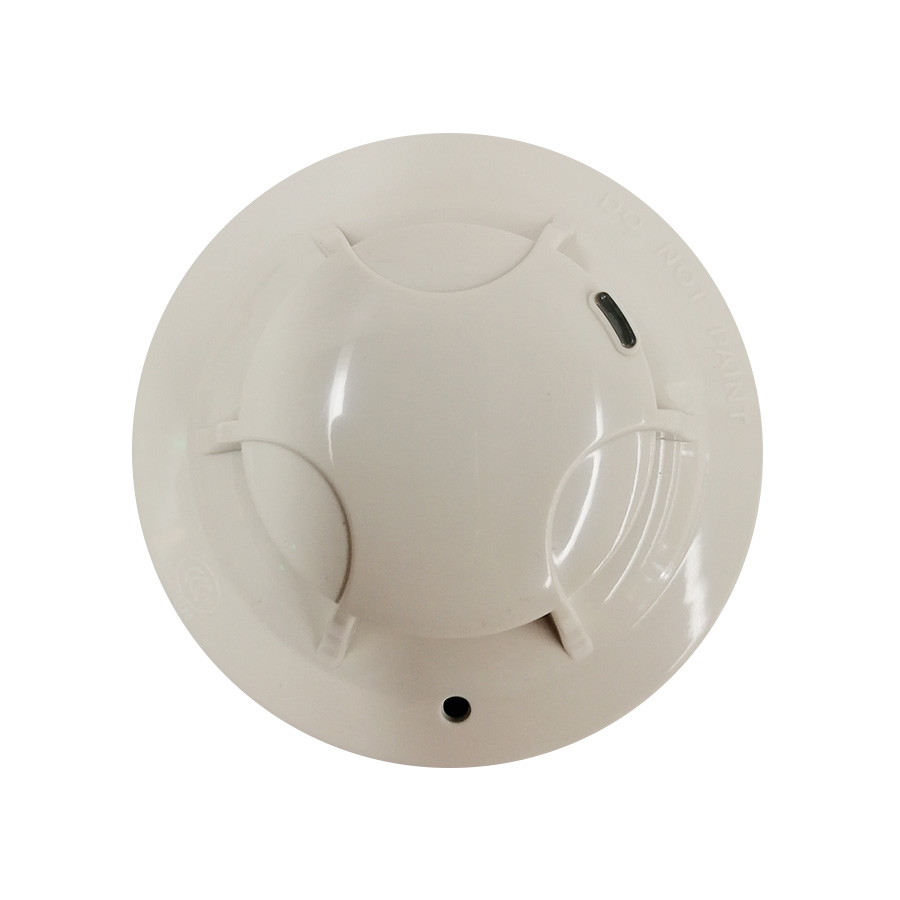Copyright © 2021 TANDA Development Pte. Ltd. All rights reserved.Privacy Policy.Site MapDesigned by

When it comes to fire safety, smoke detectors play a vital role in alerting occupants of potential dangers and allowing them time to escape. However, simply installing smoke detectors is not enough; regular maintenance and testing are crucial to ensure that these devices function optimally. In this article, we will delve into the importance of maintaining smoke detectors, the recommended frequency for testing, and some essential tips for proper maintenance.

Regular maintenance of smoke detectors is imperative to ensure their reliability during a fire emergency. Over time, dust, dirt, and other contaminants can accumulate inside the device, obstructing the detection capability. By regularly cleaning the smoke detectors, you can prevent false alarms or, even worse, missed alarms during a real fire event. Furthermore, ensuring that the batteries are in good working condition is crucial since dead or weak batteries can render the detector useless. Therefore, it is essential to include smoke detectors in your regular home maintenance checklist to promote a safe living environment.
To guarantee their effectiveness, smoke detectors should be tested at regular intervals. The recommended testing frequency varies depending on the type of smoke detector you have. For ionization smoke detectors, which are more responsive to fast, flaming fires, testing once a month is recommended. On the other hand, photoelectric smoke detectors, known for their sensitivity to slow, smoldering fires, should also be tested monthly. Additionally, it is essential to test the functionality of the devices after any renovations or electrical work in your home, as these activities can interfere with the smoke detectors' performance.
Here are some essential tips to ensure optimal performance and maintenance of smoke detectors:
1. Regularly clean the smoke detectors using a vacuum cleaner or a soft brush to remove dust or debris that might affect their functionality.
2. Test the smoke detectors monthly by pressing the designated test button and confirming that the alarm sounds loud and clear.
3. Replace the batteries at least once a year or as soon as the low battery signal is triggered, usually indicated by a chirping sound.
4. Ensure that the smoke detectors are not obstructed by furniture, curtains, or any other objects that can hinder their ability to sense smoke.
5. Replace smoke detectors that are over ten years old, as their efficiency diminishes over time.
Regular maintenance and testing of smoke detectors are fundamental to ensuring their effectiveness in detecting fires and providing early warnings. By following the recommended maintenance procedures and testing frequencies, you can significantly enhance the safety of your home or office environment. Remember, maintaining smoke detectors is a small price to pay for the invaluable protection they offer.